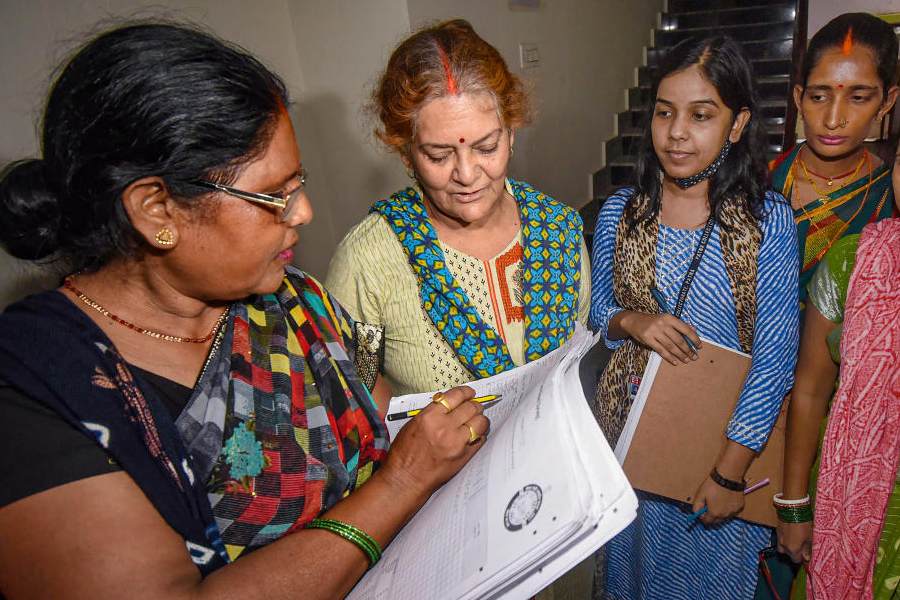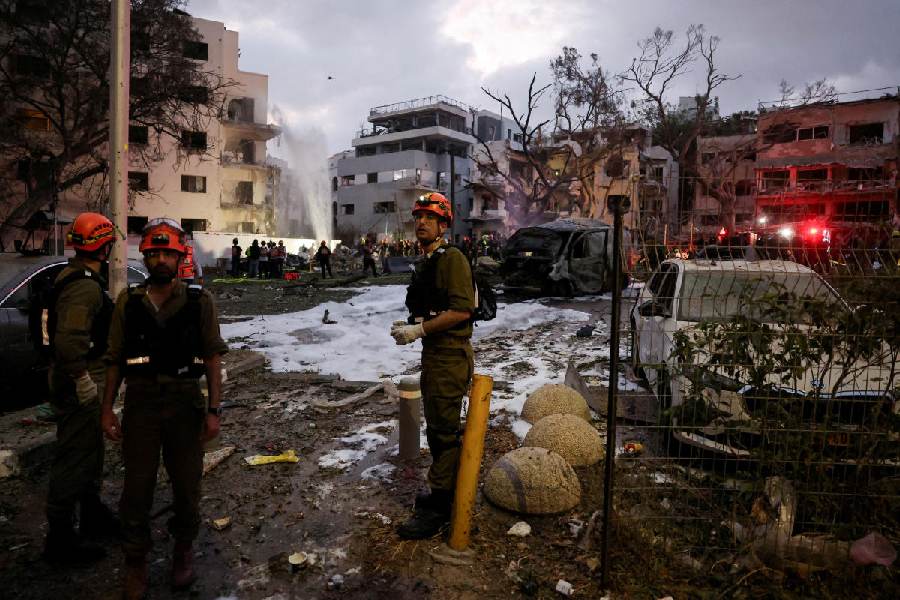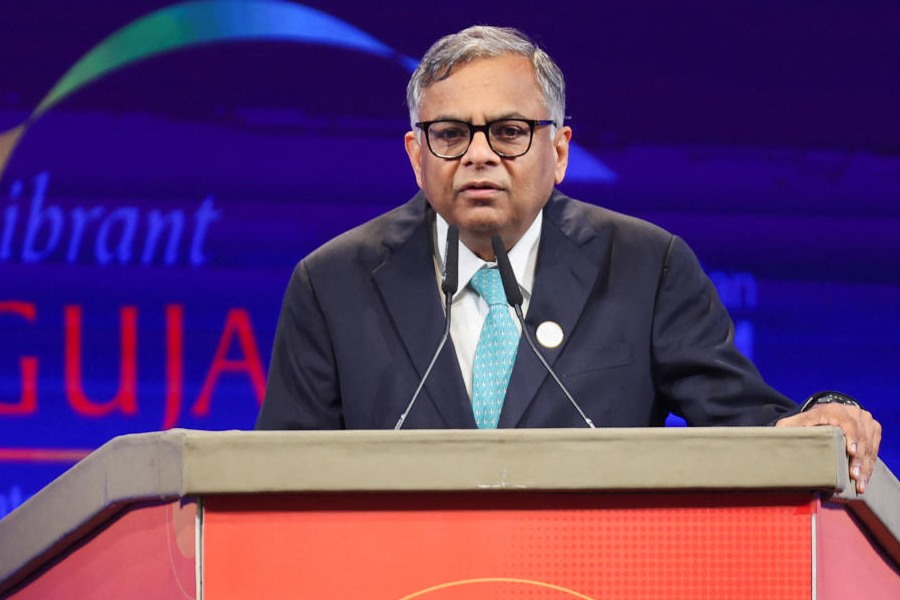 |
 |
| Xi Jinping and Manmohan Singh |
Beijing. July 15: The Ladakh incursion this April by the Chinese army was not a stand-off but merely an accident, senior officers at the Peoples Liberation Army’s top strategic think tank said on Monday, differing from the position taken by the Chinese foreign ministry after the incident.
Senior PLA officials also told The Telegraph that China felt no urgency to resolve the border dispute, suggesting India had misunderstood President Xi Jinping’s statement to Prime Minister Manmohan Singh earlier this year that the two nations should agree on a border settlement “as soon as possible”.
The differences between the perceptions held by the PLA officers and what senior Indian officials have understood from their Chinese civilian counterparts point to internal divisions on China’s future approach that Beijing will need to address under Xi, in charge for less than a year.
“I disagree with the use of the word ‘stand-off' to describe what happened in April,” said Colonel Ma Jun at Beijing’s Academy of Military Sciences (AMS), the top research and strategy think tank of the 2.3 million strong PLA.
“It was an accident, and was not deliberately staged.”
Ma’s statement was echoed by other senior officers including Major General Chen Zhou, who heads the Centre for National Defence Policy at the AMS and was a key author of China’s latest white paper on its military, published this April.
Officials at the AMS were speaking to Indian journalists for the first time, Chen said.
And later on Monday, senior PLA officers at the foreign affairs segment of the ministry of national defence also dismissed the April Ladakh incident as largely media hype.
But their statements contrast with the position taken by China’s foreign ministry after the two militaries returned to earlier positions from where the PLA had, according to India, entered almost 20 km into Indian territory.
“Following the stand-off incident at the border area, China and India, with the larger interests of bilateral relations in mind have taken a cooperative and constructive attitude,” foreign ministry spokeswoman Hua Chunying had said on May 6.
But Senior Captain Cao Weidong of the PLA Navy insisted that is was the Indian media that was to blame for portraying the April incursion as a “stand-off or confrontation”.
“All we built was a camp to keep troops warm in the cold heights of the Himalayas,” Cao, who also lectures at the PLA’s National Defence University in Beijing, said. “If China were preparing for war, it would have dug trenches instead.”
New Delhi’s assessment of the three-week stand-off on the windswept Depsang plateau in Ladakh includes a belief that China’s show of aggression may have been aimed at nudging India towards resolving the border dispute urgently.
That belief stems from President Xi’s statement to Prime Minister Singh in Durban this March, where he said that the two countries should work together to resolve their dispute over their undemarcated border “as soon as possible”.
The Ladakh region, Aksai Chin, and parts of Arunachal Pradesh remain contentious, though the two forces have not exchanged fire along their border stretching from Kashmir to Arunachal since 1967.
Like her president, the foreign ministry spokesperson too had said, after the April incident in Ladakh, that “China is ready to join hands with the Indian side to seek a mutually acceptable and fair solution to the border question at an early date”.
The urgency in the Chinese government tone was a departure from the past, when the country followed former supreme leader Deng Xiaoping’s policy of leaving boundary disputes to “wiser generations” to resolve, while China focused its energy on building its economy to its current heights.
But PLA officials suggested India had misunderstood Xi. While Xi might have expressed the desire to raise the tempo of talks between the two nations, China was in no hurry to resolve the border dispute.
(The author is visiting China on an invitation from the All China Journalists’ Association)











